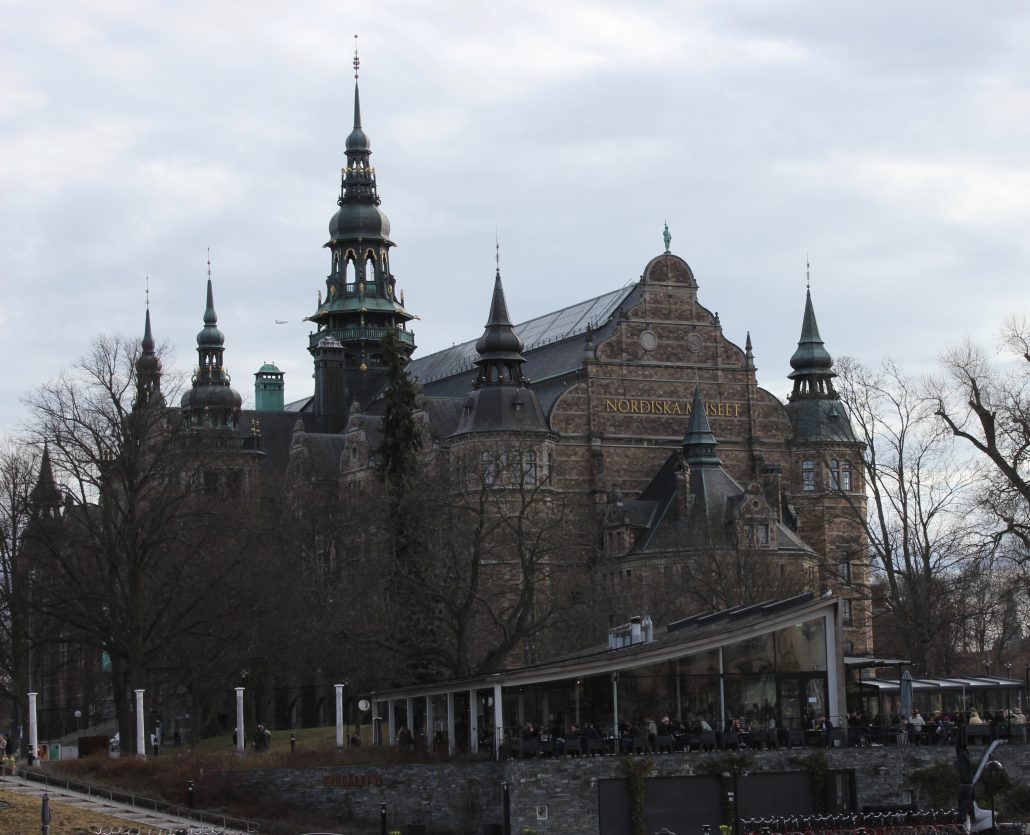England | Hyde Park
By SAVANNAH SHAPIRO
On my first day in London, my friend Morgan took me to visit Hyde Park. It was the day before my first class started and a good way to familiarize myself with the congested streets of the city. After walking to Buckingham Palace, we crossed the street and stopped by a local grocery store called Marks & Spencer to pick up our mild and creamy Camebert cheese, a block of mature cheddar and a box of crackers. We took our cheese and crackers to Hyde Park and sat right in front of the pond watching the ducks swim in the lake. Although Hyde Park was busy because of the ongoing summer festivals and concerts, it was still enjoyable and relaxing. We could hear Green Day playing in the background as we ate our cheese and crackers and tiny row boats crowded the surface of the lake that sits in the center of the park. Spread throughout and across the lawn of the park, there are green and white stripped chairs littering the lawn. The chairs are called Park Deck Chairs and as comfy as they may look, they come at a price. To sit in one of the chairs on the lawn, the price varies from £1.60 for one hour and £4.60 for up to four hours. For us, the nice green grass worked just fine.

One of my favorite aspects of Hyde Park was the gardens. Surrounding the pathways of the pond were rows of different flowers and plants. There is the Rose garden that is located in the south east corner of Hyde Park, near Hyde Park Corner and just south of Serpentine Road. A walk through the gardens, which is free, was both relaxing and helped me adjust to the long day of traveling I did the previous day.



In addition to picnicking and walking through the Hyde Gardens, the Serpentine, which is the lake centered in the middle of Hyde Park, is a place where you can rent a boat for an hour and paddle across the lake. Boating opens up from the months of April to October and opens at 10:00AM. The boats do not close until the sun sets which during the summer time is anywhere around 8:00-9:00PM. The cost per person on the boats is £12 for one hour and £10 for 30 minutes. This is approximately $15.60 and $13 respectively in U.S. currency.

If you get a little hungry or thirsty while you are at Hyde Park, there is a tiny little restaurant that sits on the edge of the pond that offers sandwiches, salads and snacks. More importantly, there is a little ice cream station attached to the outside of the restaurant that scoops your favorite gelato flavors that goes perfectly with a nice walk in the garden!



Hyde Park Quick Tips:
- Hyde Park is a great place to picnic and relax from the crowded streets of London.
- Boating across the lake is another fun activity
- Walking through the Hyde Gardens is beautiful (and not to mention free)
- Go grab some ice cream and find a nice spot on the grass

Savannah Shapiro studied abroad in London, England, in Summer 2017: https://ieo.ucla.edu/travelstudy/English-London/










































 Shop at IKEA
Shop at IKEA